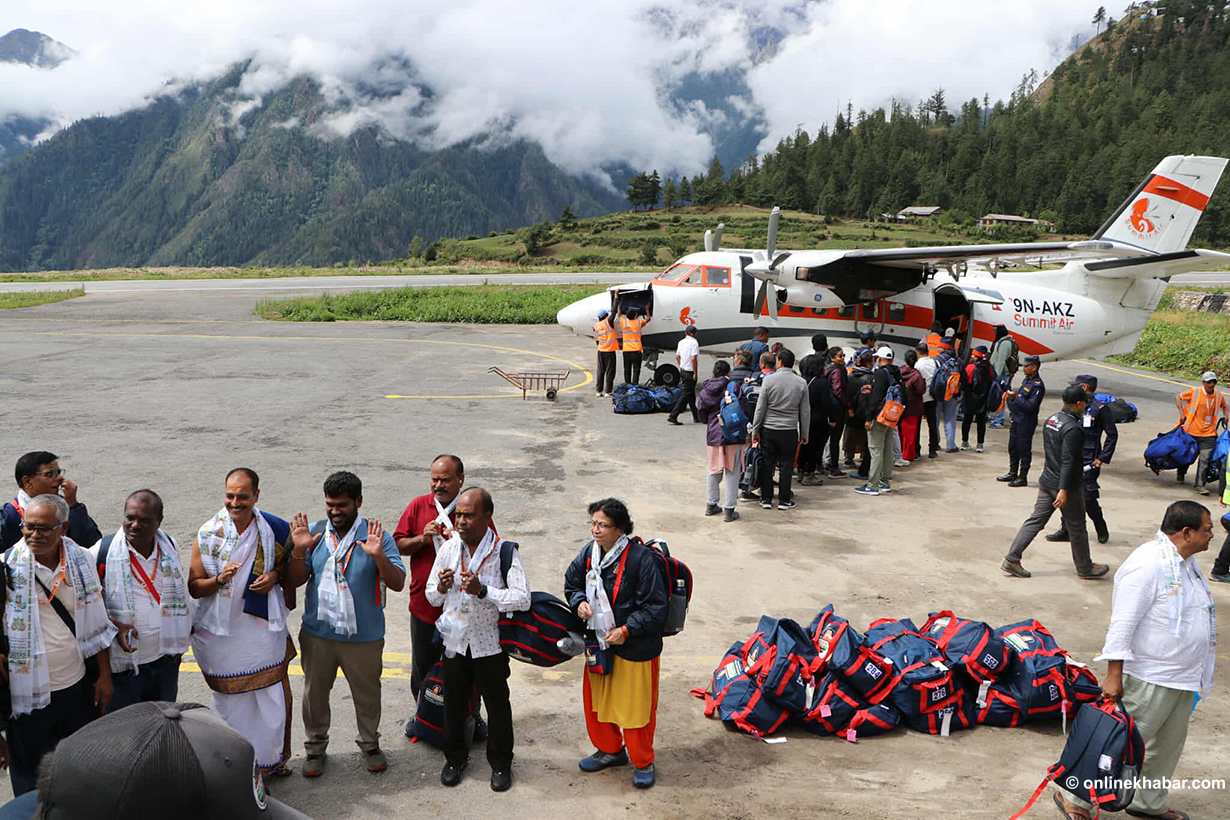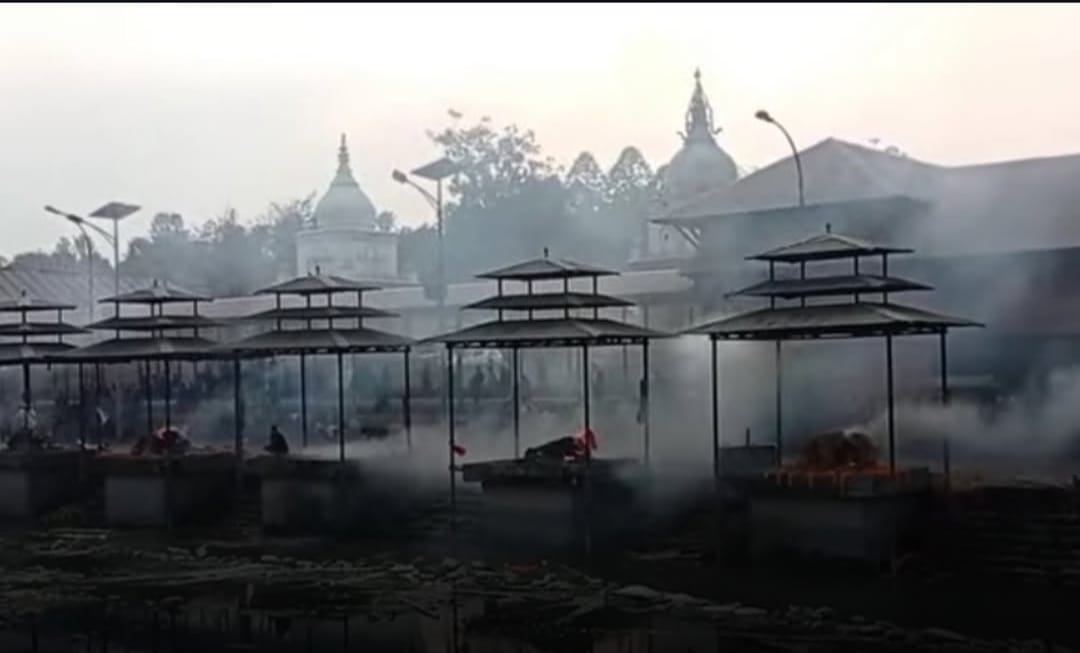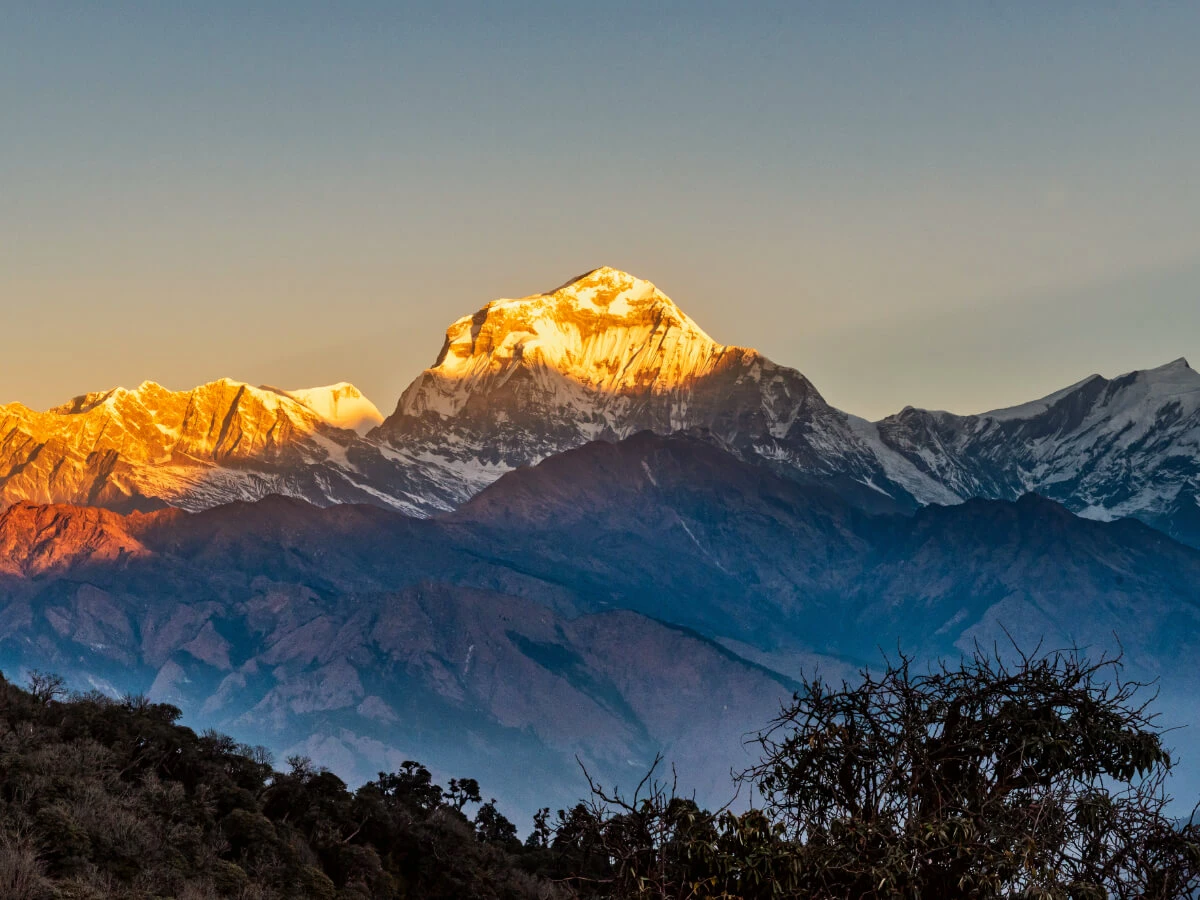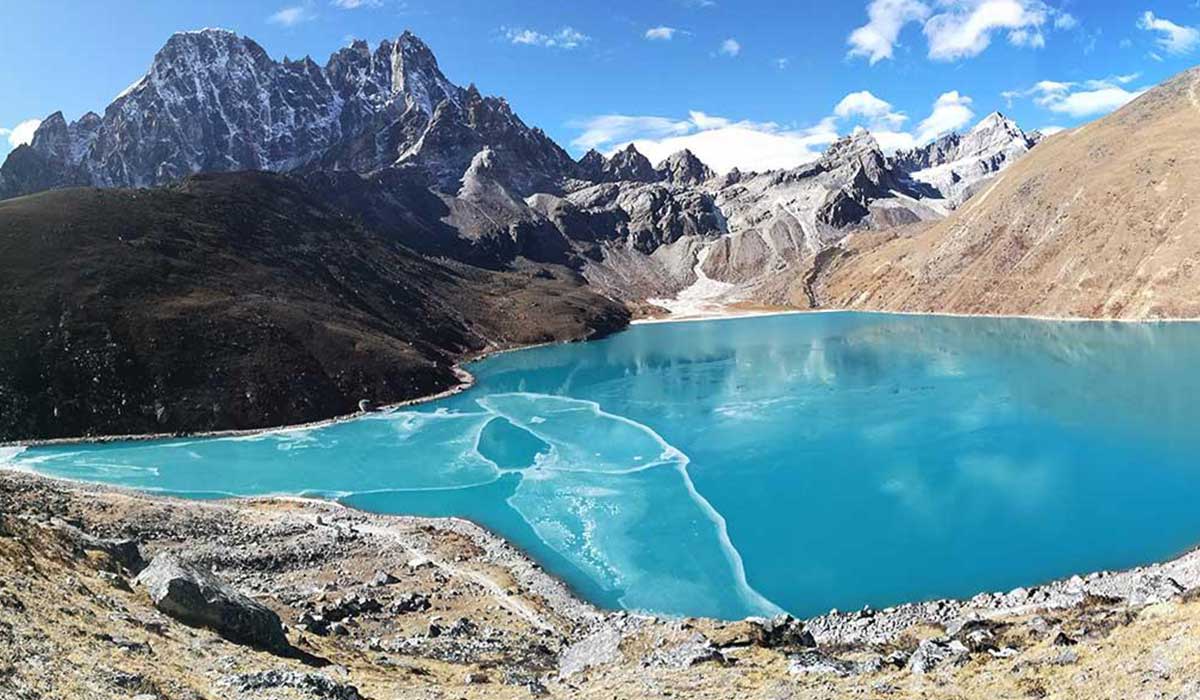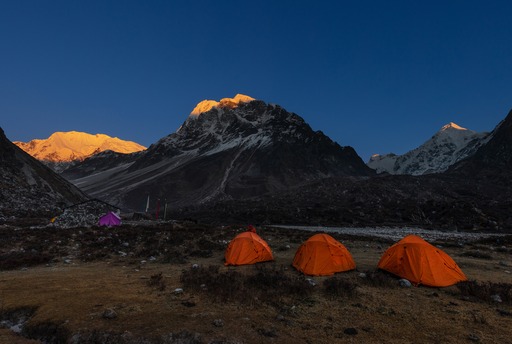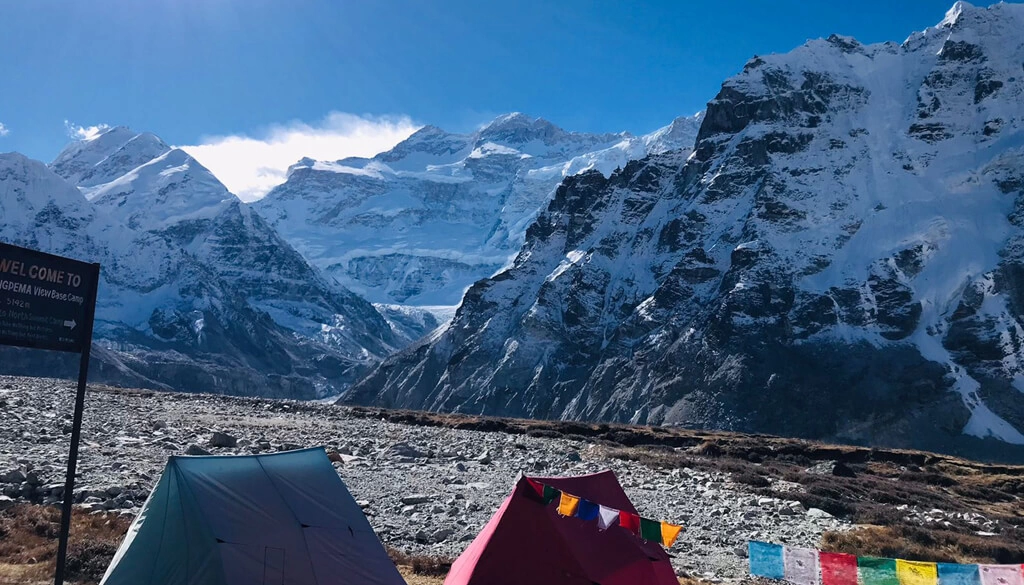Pilgrims Flood Humla As Kailash Mansarovar Opens Again. "A journey of faith has turned into a blessing for Humla."Borders reopened, hopes revived, and the local economy buzzes back to life."
A Pilgrimage Reborn: Emotional Journeys Resume
The Kailash Mansarovar pilgrimage through Humla resuming after the pandemic is a deeply emotional moment. Thousands of devout Indian pilgrims, who had their hopes paused for three long years, are now finally traveling again. Pilgrims have waited with steadfast patience, and the reopening has filled their hearts with relief and excitement. At the same time, locals are welcoming these travelers with open arms, marking a new chapter in Humla’s story.
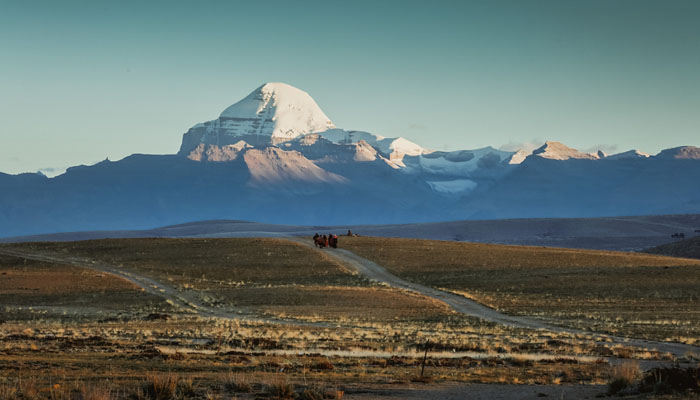
Travel Chaos: Flights and Helicopters Packed to the Rafters
With routes reopened, transport hubs in Simikot are fully stretched. Flights to and from there are jam-packed, and demand for helicopter services is through the roof. Booking a seat is now a race against time, and timetable disruptions are frequent. Travelers face delays while airlines scramble to accommodate everyone. Meanwhile, locals see a surge in air traffic, bringing life back to this remote region.
Accommodation Pressure Mounts Fast
Simikot and Hilsa are feeling the strain. Hotels and guesthouses have been booked solid—not just for a few days, but for weeks at a time. Some pilgrims report being unable to find a single available room. The surge in demand means local hosts are earning steadily, but the strain on beds, blankets, and basic supplies is clear. Every room matters, and service providers are doing their best to keep pace.
Shortfalls in Basic Facilities Cause Concern
Despite the bustling tourism, the infrastructure lags. Pilots report that the airport lacks enough restrooms, and passengers struggle to find clean drinking water. Portable toilets are insufficient, and Wi‑Fi is often slow or unavailable. Pilgrims carrying heavy bags end up lining up with thirsty children, while guides scramble to fill bottle after bottle. Connectivity remains poor, and even charging a phone can sometimes feel like an impossible mission.
Revival of Local Tourism at Last
Tourism in Humla had been dormant for nearly four years. With COVID restrictions cutting off access, locals saw dreams of welcoming visitors fade away. Now, with roads and airways open, business is picking up fast. Local families that once worried about the future are again seeing signs of hope. A busy season means money in pockets—great news for this area that thrives on connecting culture and nature.
Simikot Hotels Overflowing Every Night
At midnight, Simikot’s main hotels still have dozens of new arrivals knocking on the doors. Makeshift sleeping arrangements are added one room at a time. Guests bring blankets and bedding, and everyone pitches in—hotel staff, volunteers, family members—to keep people off the floors. The shared solidarity among hosts and pilgrims is palpable: nobody wants anyone to go without a roof over their head.
Locals Become Porters and Guides
For many locals, being a porter or guide has become a valuable new job. Carrying heavy loads over high-altitude paths or translating instructions in local dialects—these roles are in high demand. The work is hard, but it brings consistent pay and respect. Guides wear their pride like a badge, knowing they’re essential in making pilgrimages safe and meaningful. These jobs have empowered individuals and families, improving livelihoods across villages.
Souvenirs Spark New Opportunities
Pilgrims often leave Humla carrying a piece of it—walnuts, beans, handmade crafts. These simple goods reflect the region’s rich produce and tradition. Local farmers proudly display space at markets, and rural homes offer small showcases of produce. Pilgrims appreciate natural, organic items and snap them up with gusto. For the local economy, it means extra income streams and a chance to preserve unique products.
Economic Flow Reaches Every Corner
The money pilgrims spend doesn’t stop at hotels. Shops, eateries, local traders, transport operators, battery-charging stalls, small cafes, and tea stands—everyone benefits. A cup of chai at $1.50 in Simikot might bring a family enough to cover a full day’s expenses. The multiplier effect is in full view: hospitality sparks agriculture, agriculture sparks grocery and supply chains, and so on. This ripple effect spreads hope and stability.
Pilgrims’ Count Soars: 6,000 and Rising
This year, more than 6,000 pilgrims are expected to pass through Humla on their journey to Kailash and Mansarovar. This figure is an impressive turnaround after years of quiet roads and empty rooms. For a region where daily foot traffic once dropped to near-zero, this is historic momentum. Every arriving pilgrim adds to the familiar rhythm of planes, carriages, backpacks, and prayers that now define Simikot.
Preparing for the Next Wave
Local officials are no longer watching casually—they’re actively planning ahead. Discussions are underway to expand water supply lines, install more toilets, and set up temporary Wi‑Fi hotspots. Even though resources are limited, the will to upgrade is strong. NGOs and businesses are training more local staff and drafting schedules to rotate helpers on busy days. It’s a community raising its own standards to meet rising expectations.
Pilgrims’ Voices: One Step at a Time
Many pilgrims echo the same sentiment: untouched beauty, spiritual unity, and simple living. Yet they also mention the transport challenges and lack of facilities. Some say: "We came with minimal expectations, but still—drinking water and toilets would have made us more comfortable." Feedback like this is becoming a catalyst for improvement—locals are listening and adapting in real time.
Stories of Resilience and Hope
Among the travelers and locals are stories that will stay forever. A 90-year-old pilgrim making her final pilgrimage, supported by local porters who lift her with gentle care. A Simikot hotel owner, once on the verge of closing, now dreams of expanding to add 10 additional beds. A local farmer who, after last year’s drought, now sells double the walnuts thanks to pilgrim demand. These stories carry the heart of the revival.
Partnerships Form to Strengthen Infrastructure
Local government and community groups are collaborating to stage better solutions. A proposed community fund could maintain toilets and build showers near the airport. A telecom provider is pledging to extend cell towers along the route to Mansarovar, solving the connectivity issue. Even small steps, like installing simple water filters at guesthouses, are in the pipeline. Partnerships are the key to lasting progress.
Moving Towards a Sustainable Future
While the current surge brings hope, locals are thinking about the long-term picture. They’re asking: how can we keep tourism sustainable? What if 10,000 pilgrims arrive next year? The goal is to balance tourist capacity with ecological protection. Tree planting, sustainable water collection, and avoiding overcrowding on trails are being discussed. There’s a growing realization: tourism can enrich Humla without harming Humla.
Pilgrimage as Cultural Exchange
For many pilgrims, this trip is more than a religious duty—it’s an exchange of openness and stories. They immerse themselves in Humla’s culture, sharing meals, learning local greetings, and hearing folk tales by fires. In return, they offer prayers, gifts, and blessings. This cultural exchange is subtle yet powerful, knitting bonds between urban India and high‑altitude Nepal. It’s a shared human experience.
Challenges Remain, But Energy Is High
Funding is still limited, infrastructure remains fragile, and seasonal extreme weather can shut roads again. But the energy and unity in Humla are undeniable. Locals understand the value of every opportunity that comes with tourism. They are finding creative ways—temporary stalls, volunteer guide training, local craft cooperatives—to make the most of the moment.
A Path Forward: Bold Dreams, Small Steps
The path ahead looks promising. With more planning, improved services, and local engagement, Humla hopes to be more than a waypoint—it could become a destination in its own right. Trekking routes, cultural homestays, guided tours to nearby hidden lakes: these ideas are being drafted. The region is waking up to its own potential, armed with faith, tradition, and community spirit.
Why This Matters Beyond Humla
The revival in Humla is a lesson in resilience. It shows how small communities, once overlooked, can bounce back with purpose and unity. It reminds us that tourism doesn't require skyscrapers—it thrives on authenticity. It demonstrates that spiritual journeys can spark real-world change for local lives. Humla’s story could inspire similar regions to embrace responsible tourism and build self-reliance through their unique assets.
Final Reflections in the Air of Change
In the high-pass winds and rugged terrain, pilgrims are walking with gratitude and determination. They carry hopes of billions, but steps appear light with collective goodwill. In Simikot’s busy lanes, commerce mingles with warm smiles and rustic charm. In Hilsa, bellies are full and hearts hopeful. Humla, once silent, now hums once more—and amid the turbulence, there is renewed faith, renewed purpose, and renewed life.

